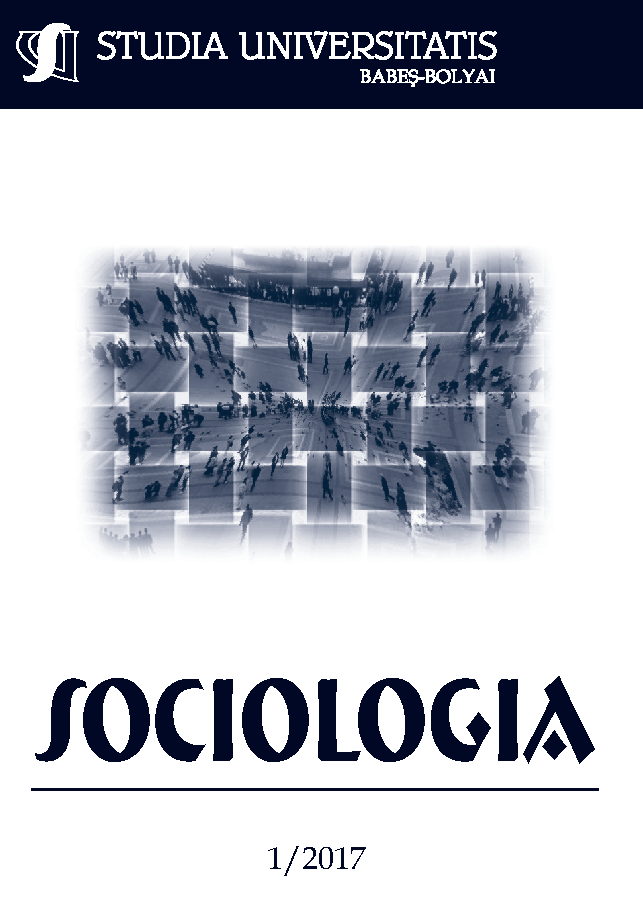BOOK REVIEW: “The Value of Labor: The Science of Commodification in Hungary, 1920-1956”, by Martha Lampland, Chicago: University of Chicago Press, 2016, 368 pages
Abstract
Following on the path of questioning that Lampland laid out in The Object of Labor (1995), The Value of Labor delves deeper into the technopolitical history of the commodification of agrarian labour in Hungary. Previously, Lampland has maintained that the individualized concepts of time, money, and labour imposed by socialist collectivization bore continuity with pre-socialist agrarian modernization, and were instrumental to the transition to capitalism. In The Value of Labor, she follows expert and policy debates in 1930s work science, and points out their continuities with the institutionalization of the work unit in the Stalinist phase of collectivization. Such continuities contradict the Cold War concept of Stalinist modernization as Soviet models imposed from scratch. Targeting debates in the fields of Science and Technology Studies (STS), history of economics, and Cold War history, Lampland draws three interconnected conclusions: 1) an emphasis on the role of markets in determining the value of labour obscures the historical construction of the knowledge, policy, and material infrastructures that perform its commodification; 2) performativity of economics should also be understood through the history of the material infrastructures of scientific intervention; and 3) the Cold War periodization that separates socialist and capitalist modernization does not stand in face of the historical continuity between pre-socialist and socialist infrastructures of labour commodification.
References
Berend, I.T. and Ránki G. (1958). Magyarország gyáripara a második világháború előtt és a háború időszakában (1933– 1944) [The Manufacturing Industry before and during the Second World War]. Gazdaságtörténeti értekezések, vol. 2. Budapest: Akadémiai Kiadó.
Borhi, L. (2004). Hungary in the Cold War, 1945– 1956. Budapest: Central European University Press.
Dunaway, A. W. (2012). The Semiproletarian Household over the Longue Durée of the Modern World-System. In Richard Lee (ed), The Longue Durée and World-Systems Analysis. Albany: SUNY Press, pp. 97-136.
Engels, F. (1882). Letter to Karl Marx, Dec. 15, 1882. In Marx and Engels Correspondence. International Publishers. www.marxists.org/archive/marx/letters/eng-marx/82_12_15.htm 29/March/2017.
Erdei, F. (1973). Parasztok. Budapest: Akadémiai Kiadó.
Frank, A.G. (1977). Long Live Transideological Enterprise! Socialist Economies in the Capitalist International Division of Labor. Review (Fernand Braudel Center), 1(1):91‒140.
Gunst, P. (ed.) (1998). A magyar agrártársadalom a jobbágyságfelszabadítástól napjainkig [Hungarian agrarian society from the abolition of serfdom to the present time]. Budapest: Napvilág Kiadó.
Janos, C.A. (2000). East Central Europe in the Modern World: The Politics of the Borderlands from Pre- to Postcommunism. Stanford: Stanford University Press.
Lampland, M. (1995). The object of Labor: Commodification in Socialist Hungary. Chicago: University of Chicago Press.
Lampland, M. (2016). The Value of Labor: The Science of Commodification in Hungary, 1920-1956. Chicago: University of Chicago Press.
Németh, L. (1943). Második szárszói beszéd [Second Szárszó Address]. In: Németh László tanulmányok http://www.mek.oszk.hu/01000/01013/01013.htm#6 29/March/2017.
Pach, P.Z. (1963). Nyugat-európai és magyarországi agrárfejlődés a XV-XVII században [Agrarian development in Western Europe and in Hungary in the 15-17th centuries]. Budapest: Kossuth Könyvkiadó.
Pető, I. and Szakács S. (1985). A hazai gazdaság négy évtizedének története.1945 –1985 [Four Decades of the Domestic Economy, 1945– 1985]. Budapest: Közgazdaságiés Jogi Könyvkiadó.
Szelényi, I. and King, L.P. (2004). Theories of the New Class: Intellectuals and Power. Minneapolis: University of Minnesota.
Valuch, T. (1996). Agrárpolitika, döntéshozatal ésagrárintézmények Magyarországon 1944 – 1956 között [Agrarian Policy, Decision Making, and Agrarian Institutions in Hungary, 1944 – 1945]. Unpublished manuscript.
Wallerstein, I. (1974). The Modern World-System I. Capitalist Agriculture and the Origins of the European World Economy in the Sixteenth Century. Orlando, FL: Academic Press, Inc.
Downloads
Published
How to Cite
Issue
Section
License
Copyright (c) 2017 Studia Universitatis Babeș-Bolyai Sociologia

This work is licensed under a Creative Commons Attribution-NonCommercial-NoDerivatives 4.0 International License.






